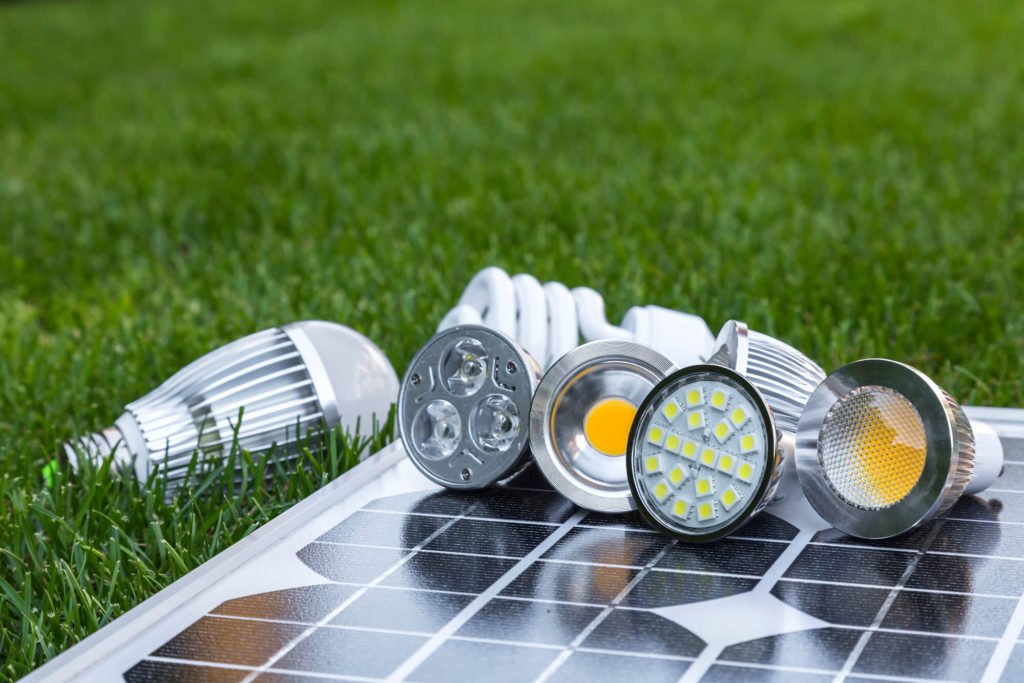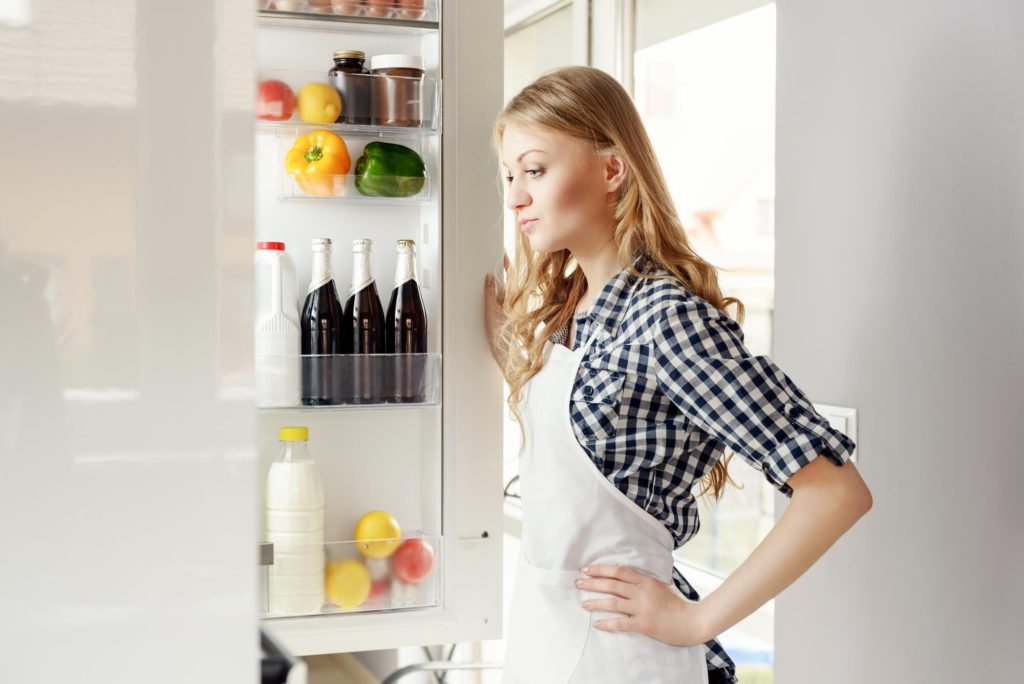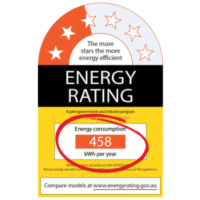Five Fast Ways to Save Money on Your Energy Bills
By choosing energy efficient appliances and using a few energy saving strategies, you may be surprised how much more control you can have over your energy use and subsequent costs. Fortunately, there are many ways you can reduce the amount of energy you use in your home so here’s five fast ways to save on the cost of electricity in your home.
Think Lumens for Lighting
Changing the lightbulbs in your home is so obvious, that it is often overlooked on peoples “to do” list. So, if you haven’t already made the switch and you’re still running the old school halogen or the even more ancient incandescent bulb, then you’ll be paying four or five times more than you should, using the LED option.
Why? Because inefficient lightbulbs require more energy (watts) to produce the same light output (lumens) meaning that to produce 720 lumens to say light the bathroom, the wattage required by different lightbulbs will be approximate:
- Incandescent: 60 watts
- Halogen: 42 watts
- CFL: 15 watts
- LED: 12 watts


When replacing lighting remember to weigh up your options based on lumens (light output) as opposed to watts (energy input), consider lifetime costs, not just the purchase price and make sure your lighting is fit for purpose so that you only need one light on as opposed to three. Regardless of the type of bulbs you choose to use, you can always save money simply by switching off the lights, when rooms are not in use.
Reduce ‘Phantom Loads’
A ‘phantom load’ refers to electricity that is consumed by appliances left on standby mode. Plugged in but unused items – phone chargers, televisions, computers, microwaves and dishwashers – are estimated to cost a typical household over $100 per year in wasted electricity, energy and money wasted, for nothing.
If a device or appliance can be reactivated by remote control, has a digital display, or can run background functions, then it uses standby electricity. ‘Passive standby’ is when a device or appliance is plugged in but switched off. While the amount of energy consumed in passive standby is only minuscule, it is still energy wasted. ‘Active standby’ is when a device is turned on and not in use, evident examples include the TV and media players left running when no ones watching, while laptops and game consoles which can run background functions such as Wi-Fi checks, security and content downloads and updates will also consume energy and cost you money.
Switching off appliances at the wall is a guaranteed way to ensure your electricity bill isn’t inflated by phantom load but on many modern devices, you can also modify settings to stop them from scanning for Wi-Fi when on standby. Some electricity boards are smart enough now to detect when an appliance is in standby mode and can cut its electricity feed entirely, until such time as it detects that you’re trying to turn the device back on.
Save Energy in Kitchens
Of all the rooms in a standard home, the kitchen will draw the most energy what with your refrigeration cycling on and off (all day, every day) to the high energy drawdown of toasters and the hot water needed for dishwashers. Rather than sacrificing convenience or your breakfast routine here’s a few simple habits that will help you maximise energy consumption in your kitchen.
- Stop overfilling the hot water jug, boil only the water you need
- Use lids on pots and saucepans
- Fill the dishwasher, choose the economy setting and run a wash cycle during off-peak hours
- Where practical, switch off appliances at the wall when not in use
- Ensure appliances are well maintained
- Place refrigerators and freezers in a cool, well-ventilated space and away from any heat source such as an oven
- Shut the fridge door…
- Defrost frozen food in the fridge to reduce the temperature and save energy when cooking
- Adjust the fridge thermostat
- Repair seals and washers on dripping taps. A hot water tap dripping once a second for a day can waste enough hot water for an extra person to shower


Reduce Costs Heating & Cooling Your Home
With home heating and cooling accounting on average for more than 30% of a homes energy costs, there are several simple practices that can help you heat your home in winter and keep cool indoors during summer
- Close all windows and doors to a room when heating or cooling as it is more energy efficient to heat/cool a small space than a large open-plan living area.
- Consider using ceiling fans for cooling instead of air conditioning as they are significantly cheaper to run.
- Set your aircon to 18 -20 degrees for heating in winter and to between 25-27 degrees for cooling in summer. You can save up to 10% off cooling costs for every degree that you raise the temperature.
- Clean the filters on your air conditioner regularly to ensure it runs as efficiently as possible.
- Wear warm clothes to keep warm and reduce the need to turn on heaters
In order to save money with these simple practices, you’ll need to make sure your home is well insulated that gaps around windows and doors are sealed to prevent draughts. An insulated ceiling helps retain the heat and can save you up to 20% on your heating and cooling expenses per year.
Purchase Energy-Efficient Appliances
In addition to the above energy saving ideas that can help you reduce your costs today, it’s important to recognise that your purchasing power can help shift the energy industry in favour of more sustainable and competitively priced energy options.
In the average home air-conditioners, hot water systems and refrigerators are the biggest energy-consuming appliances. Making smart choices about which appliances you purchase will help reduce your energy spending.
The Equipment Energy Efficiency (E3) program has established energy efficiency standards and energy labelling for equipment and appliances.
The standards labelling is designed to help consumers make energy-efficient choices. Household appliances that must display an energy star rating include:-
- fridges
- freezers
- televisions
- washing machines
- clothes dryers
- dishwashers
- air conditioners


The star rating lets you compare the energy efficiency of similar appliances, for example, two different televisions. Labelling enables consumers to see which brands are more efficient than others as well as providing an estimate of how much electricity (kWh) the appliance uses each year. The more stars a model has, the cheaper it is to run. In fact, the energy rating website claims that each star represents a 27% cut in the running costs.
Finance Available to Assist with Purchasing New Appliances
New South Wales Appliance replacement offer provides eligible households with discounts of between 40% and 50% on selected new energy-efficient fridges and televisions to replace old inefficient models. To be eligible for the discount you must:
- be a NSW resident and
- hold one of the following valid concession cards*:
- Pensioner Concession Card from the Depart of Human Services
- Low Income Health Care Card from the Department of Human Services
- Health Care Card from the Department of Human Services
- Gold Card from the Department of Veterans’ Affairs
- own a fridge at least 6 years old and or
- own a plasma or older-style cathode ray tube (CRT) television
*Commonwealth Seniors Health Cardholders are not eligible for this offer.
The offer is available for one fridge and one television per household.
If you are not eligible for the appliance replacement offer or simply can’t afford to pay the balance after the offered discount, you may be eligible for the No Interest Loan Scheme (NILS) which offers people on low incomes access to fair and affordable loans for purchasing appliances and some other essential household expenses. There are no credit checks, fees, interest or charges and repayments are set at an affordable amount over 12 to 18 months. To be eligible for NILS you must:
- have a health care card/pension card or earn less than $45,000 a year after tax, $60,000 after tax for joint applicants or people with children
- have lived in your current residence for a minimum of 3 months
- show a willingness and capacity to repay the loan
NILS is offered by more than 175 local community organisations in over 600 locations across Australia. To find your nearest loan provider go to the NILS website.
Need Further Advice?
For more energy-saving ideas the team here at Absolutely On Time Electrical can provide advice on how best to reduce your electricity use. Our licensed, qualified, and professional electricians are available 24 hours, seven days for all emergency electrical work and during business hours Monday to Friday. Give us a call next time you need electrical repairs, testing or some solid, upfront and honest advice.
